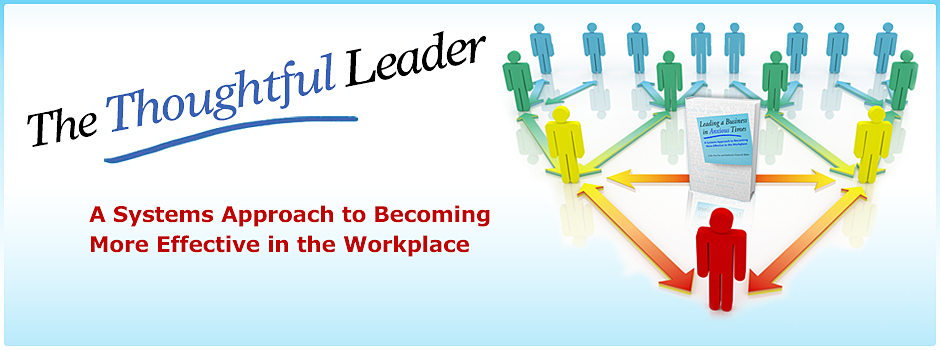I first met Philip Korman in November 2008 when we were both standing outside a polling place waving signs on Election Day. It was cold that morning, but we stayed warm waving signs for the same candidate, and soon fell into conversation. I learned that Phil was the new executive director of a small community non-profit called CISA — an acronym for Community Involved in Sustaining Agriculture (www.buylocalfood.org) – and as we talked, I learned much more about CISA than I had ever known, sensing Phil’s enthusiasm for this project whose mission is to “strengthen local agriculture by building connections between farmers and the community.”
After the election, I read frequently about Phil and CISA in our local newspaper, and I could see how CISA was growing and thriving under his leadership. There was clearly a synergy between our community’s “locavore” culture and CISA’s mission, but Phil was pulling it together in a way that got farmers, markets, consumers, teachers, community leaders, families, and philanthropists connected to each other and working together to turn their shared values and beliefs around healthy food into a reality.
How did Phil do this? What could others learn from his leadership skills that could be relevant in their own communities? I decided to talk with Phil about how he had become such an effective leader. Those of you who have read “Leading a Business in Anxious Times” will know that I believe natural leadership starts at home, so the first question I asked Phil was what leadership was like in his family when he was growing up. He told me that the whole family had a strong commitment to helping people, to family, and to being a responsible member of the community. Phil was the youngest of four siblings (with two much older sibs and a brother very close to his age). Frank Sulloway’s book, “Born to Rebel” (1997), teaches us that youngests (or “later borns” in a family) are often much freer than the older children to be creative and go in new career directions. This was definitely true for Phil. Only one of his four grandparents had been born in this country, and during the Depression, Phil’s father went to work in the garment industry, eventually rising to become Vice-President. Phil’s older siblings were lawyers and he might have been one too if he hadn’t been the youngest. His mother, however, was an activist who took people on and followed her own beliefs, and Phil clearly picked up a lot of her values and functioning style as he was growing up.
Phil chose not to become a lawyer, but has worked for non-profits, small businesses and in the public sector throughout his career. He has often had to raise the monies for his own salary in order to work for causes he believes in. He told me that any work he does must have meaning for him. When he came to CISA in 2008 the recession had just hit, and keeping the organization going financially was a struggle for a while. There were nine excellent employees, and he learned a lot from them since he wasn’t an expert in the field of agriculture when he started nor did he have the lived history of CISA which had existed for fifteen years at that point.
Phil’s leadership at CISA is grounded in respect and considerable autonomy for the people who work for him. He tries hard to figure out how to “enable their excellence,” meeting with them regularly, listening to their thinking, supporting their projects, and avoiding emotional triangles. Phil has spent much of his own time and energy building a local governing board (now consisting of 18 members, one third of whom are farmers), cultivating a donor base so that CISA has become solid financially, and developing CISA into a mature membership organization (it now has more than 340 farms and farm related business members in addition to 650 community members and hundreds of additional supporters). He does a lot of public speaking and writing, and has made CISA a real presence in the community.
Phil’s father never quite understood “mission-driven” work and occasionally used to ask Phil why he was doing what he does (“Can you make money doing that?” he would ask). Other family members have had more understanding of his work, but overall his entire family has always been supportive. Phil is well-connected to his extended family and his community and they all help keep him on track. So his leadership is a natural expression of his family values, his own beliefs, his good humor, and his high-energy enthusiasm for the work.
Do you have leaders like Phil in your community? What makes them tick? What can you learn from them that will help you be a more effective leader in your own workplace? I look forward to hearing your thoughts.
Katharine Gratwick Baker, PhD July, 2013
